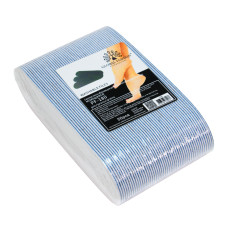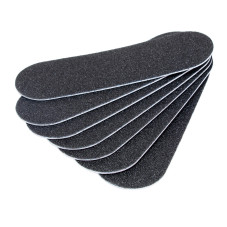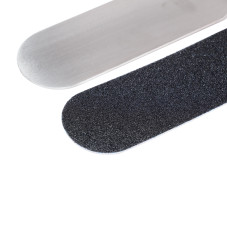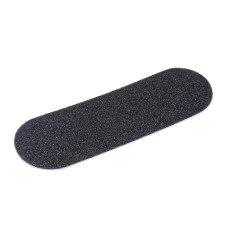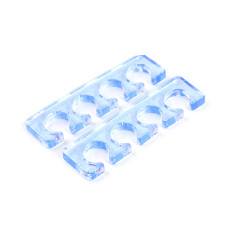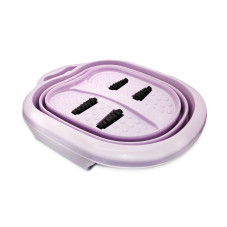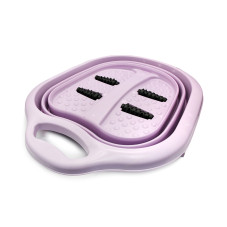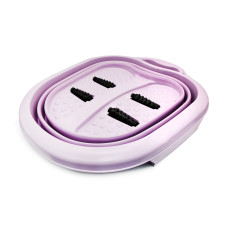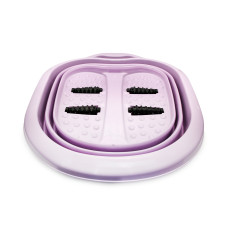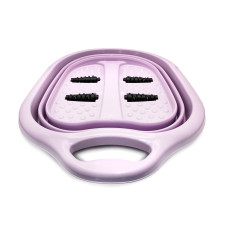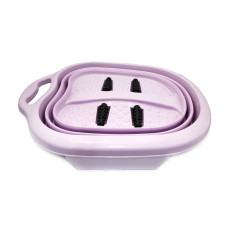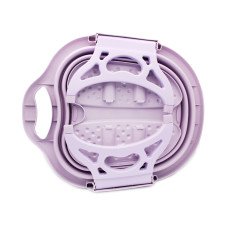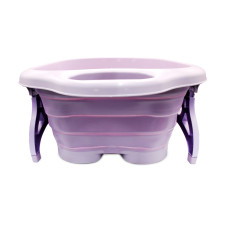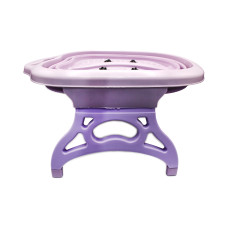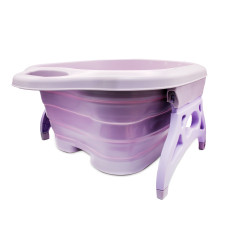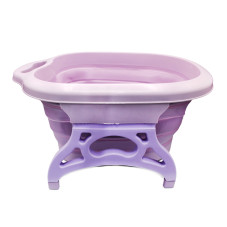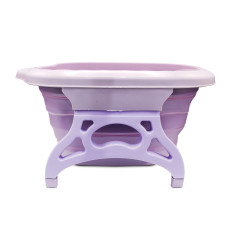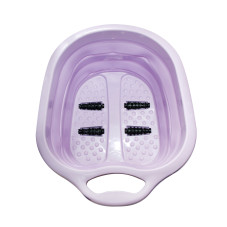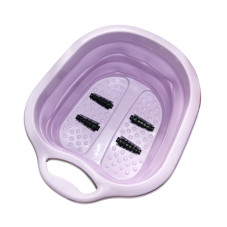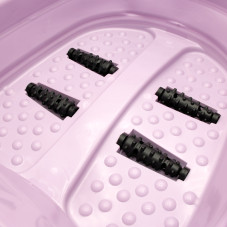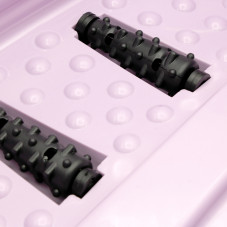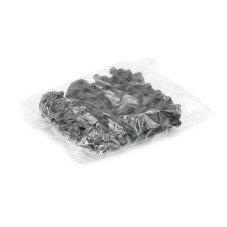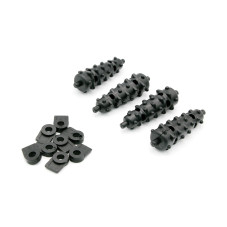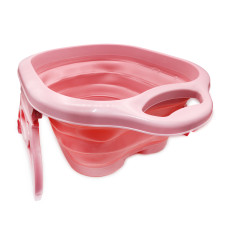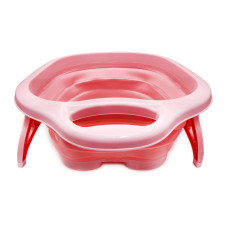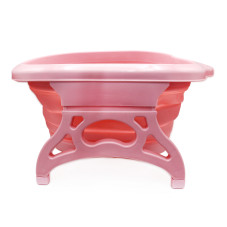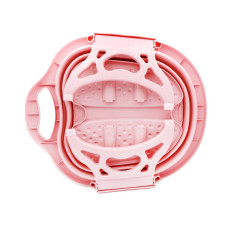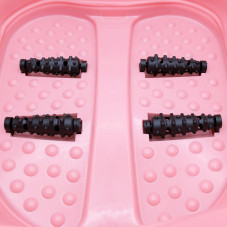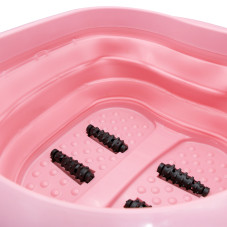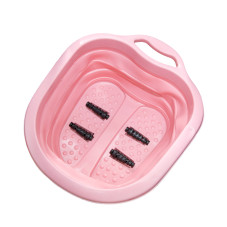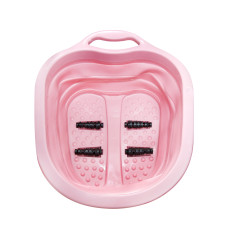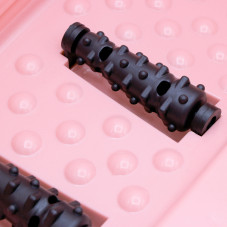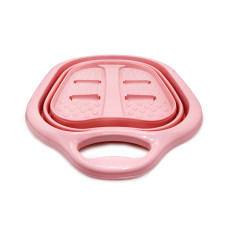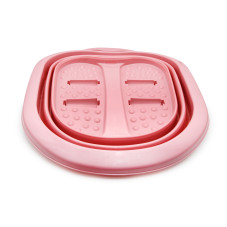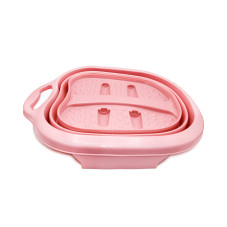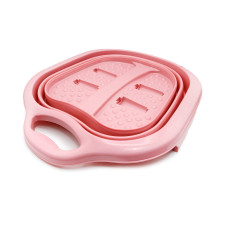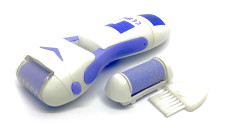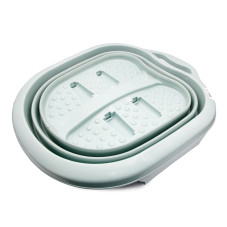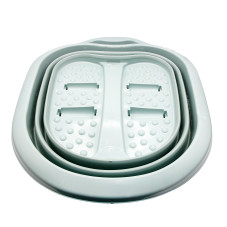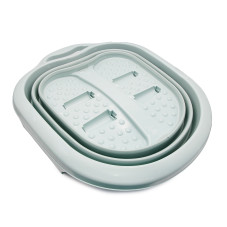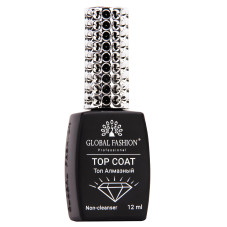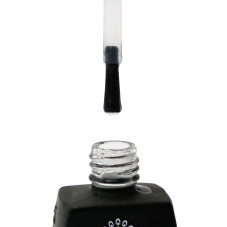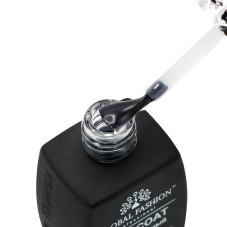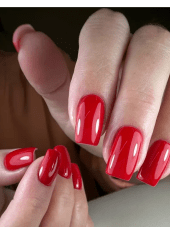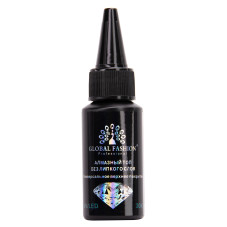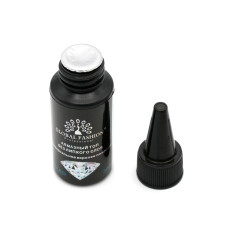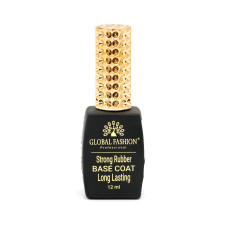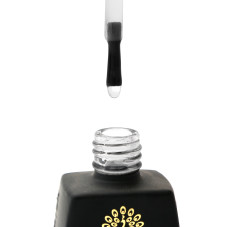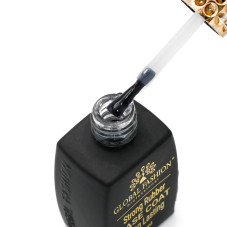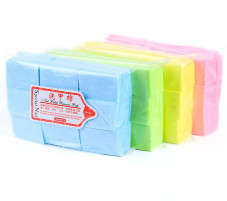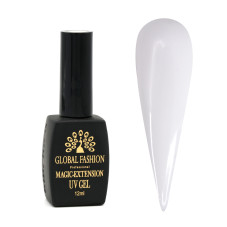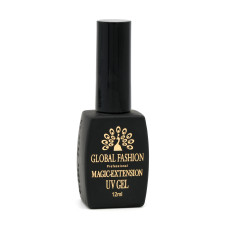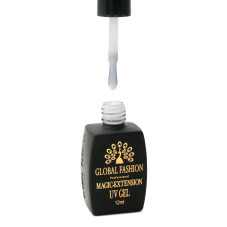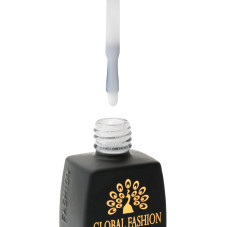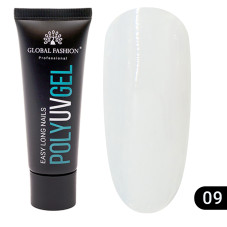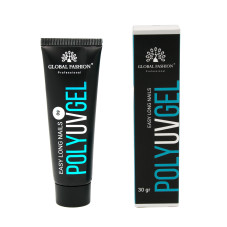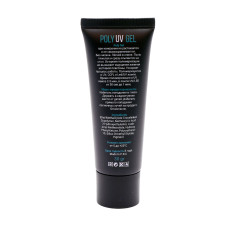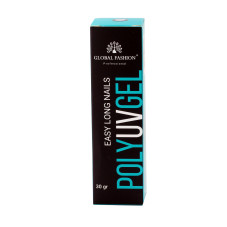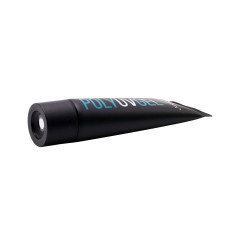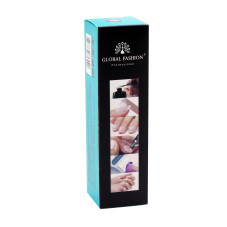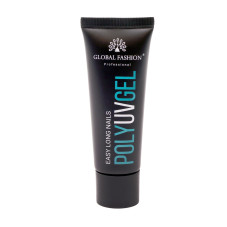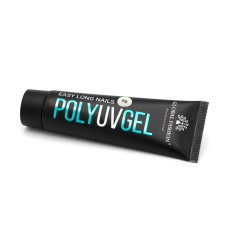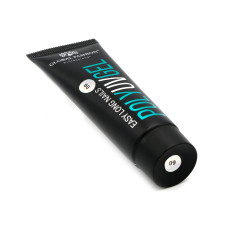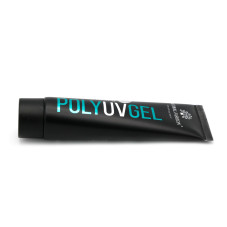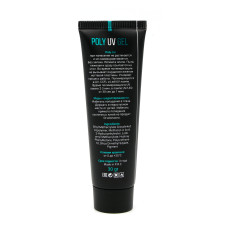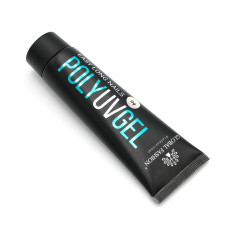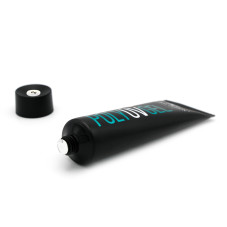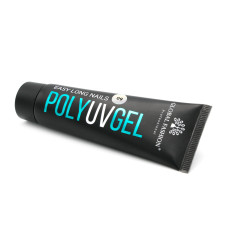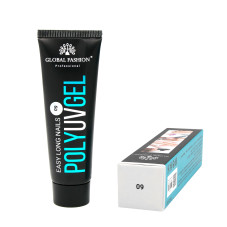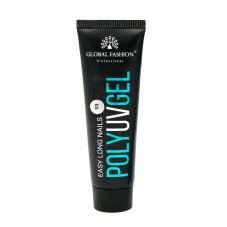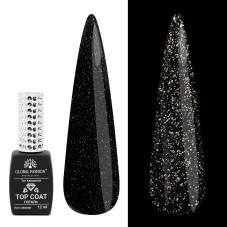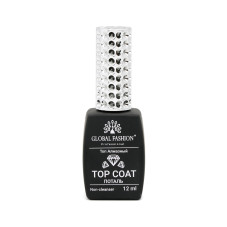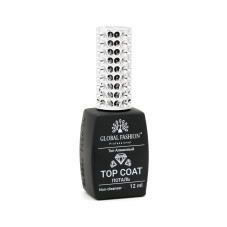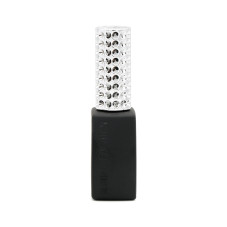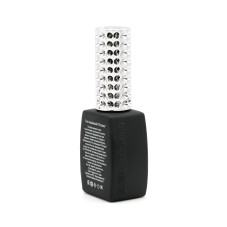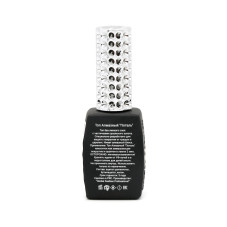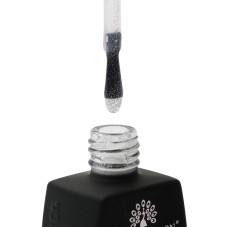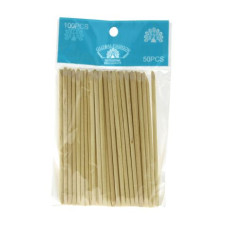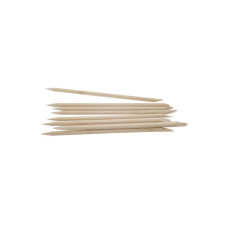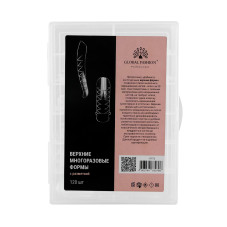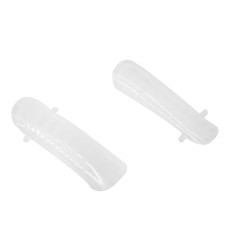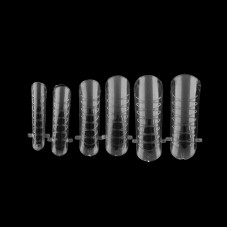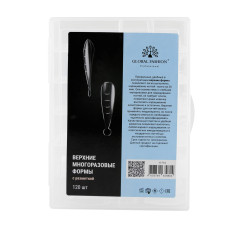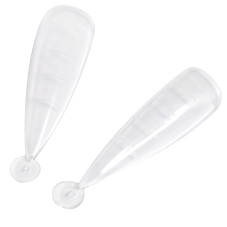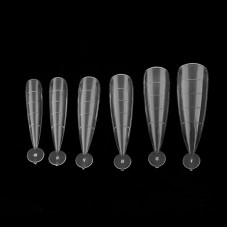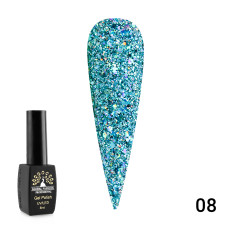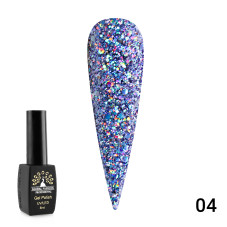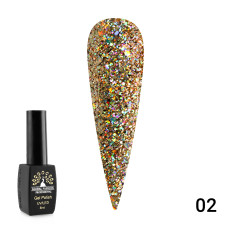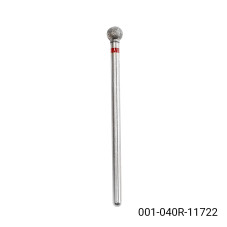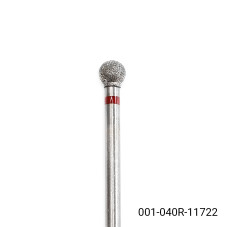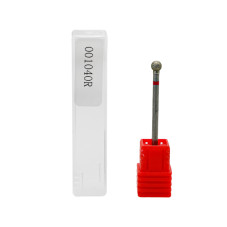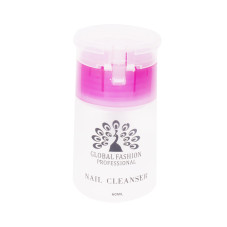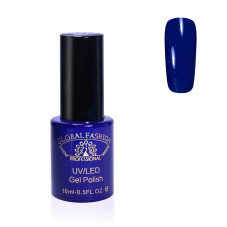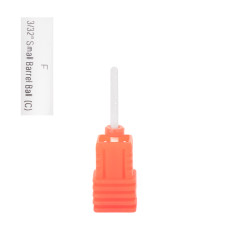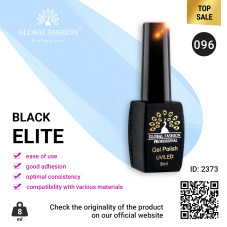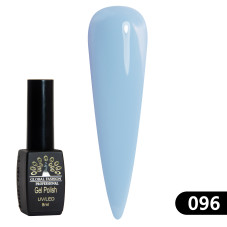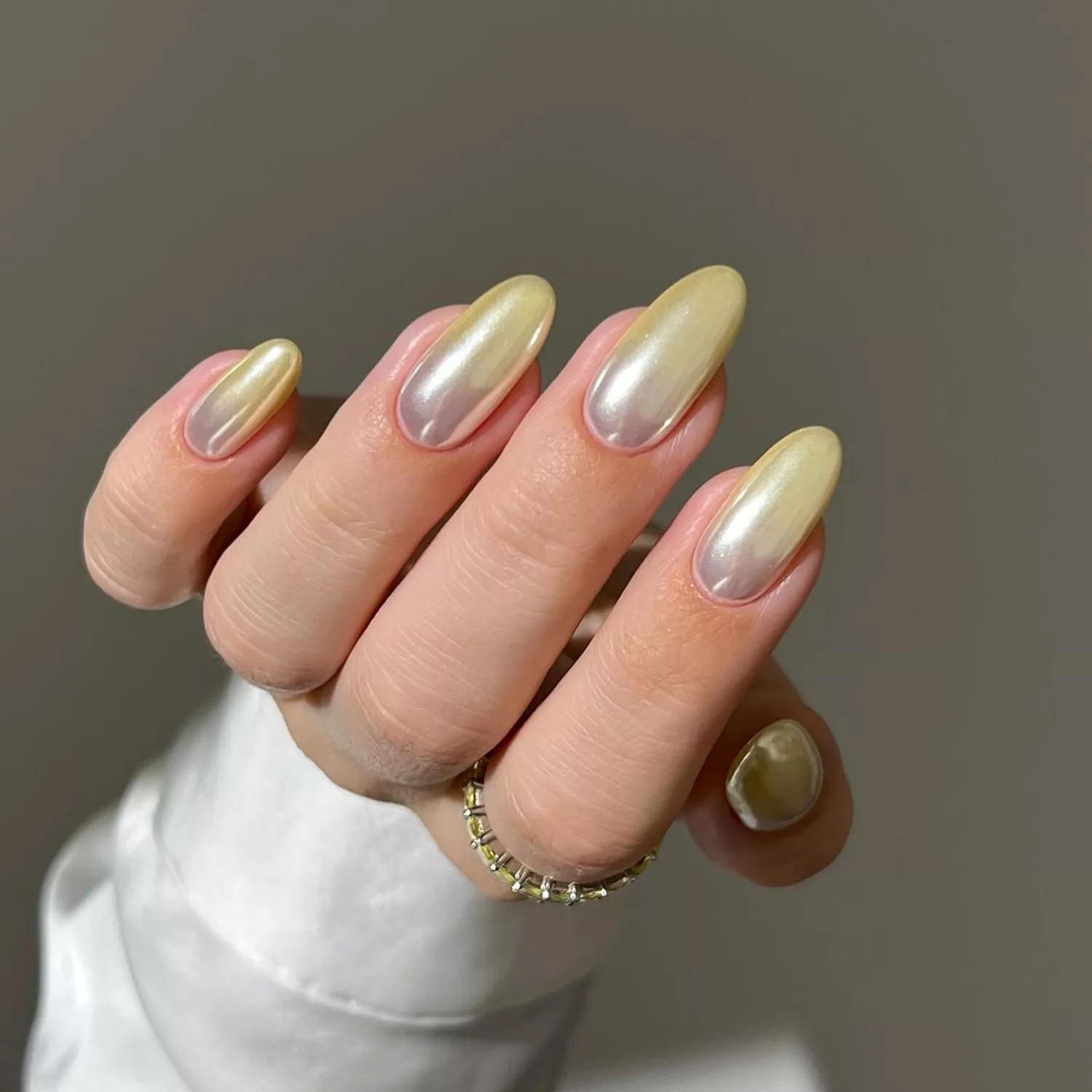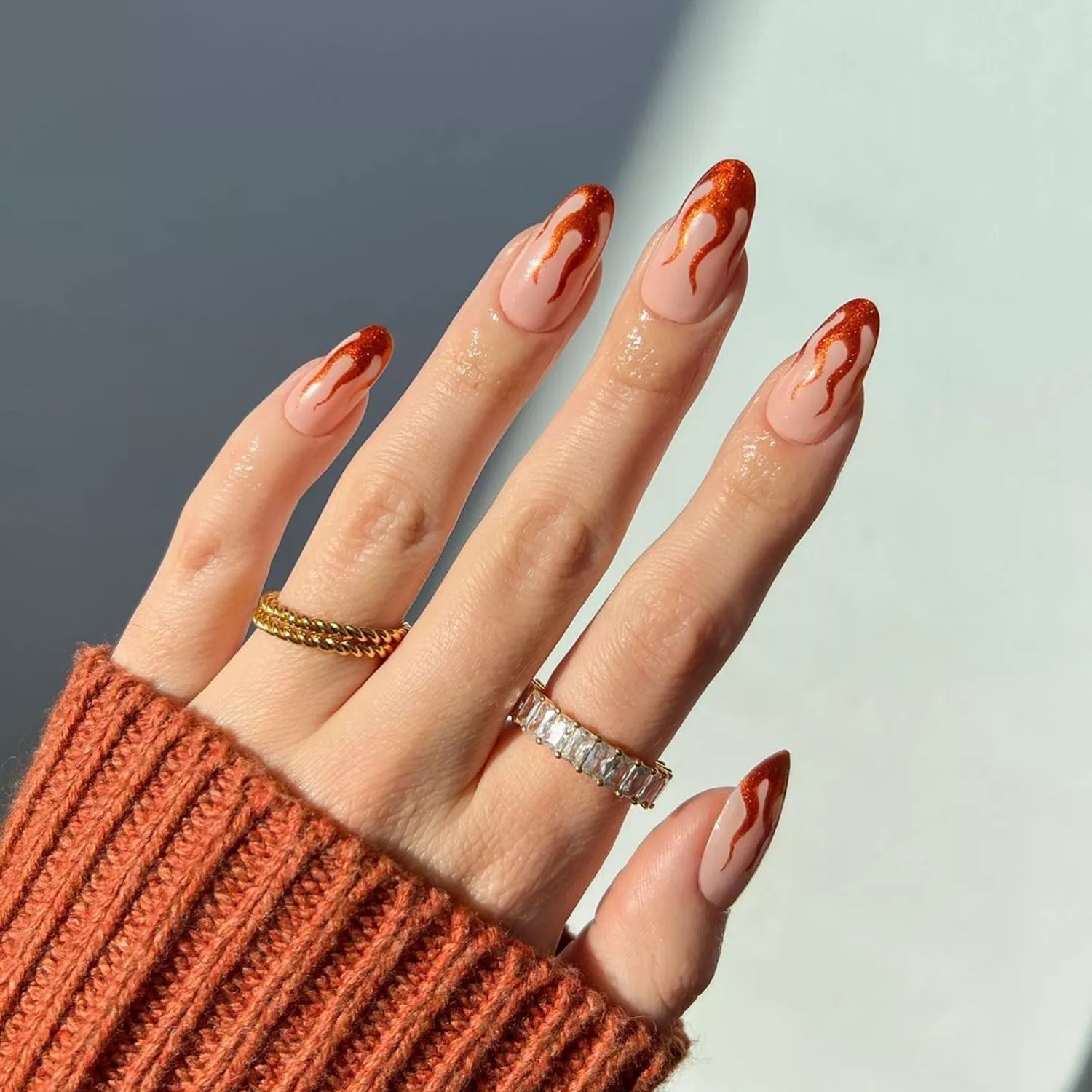Pedicure: what you need to know, types and when to do this procedure
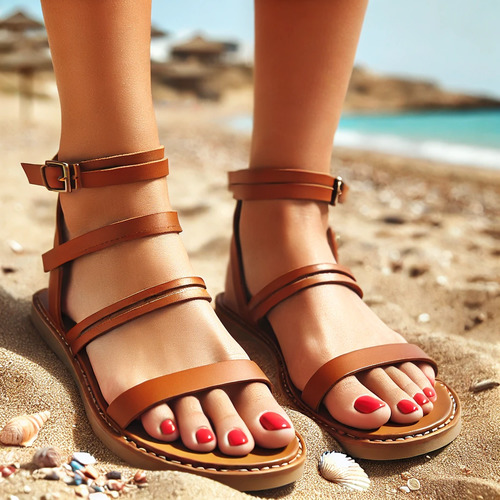
A pedicure can be a real source of relaxation and rejuvenation, whether you do it alone or with a group of friends. Buffing your feet and applying nail polish can be a wonderful expression of self-care - you leave feeling refreshed and enjoying the vibrant colour of your nails. But whether to go for a pedicure is important to decide consciously. Like any other cosmetic procedure, a pedicure has its pros and cons. It is important to understand when it is beneficial and when it is better to abstain. Consider the different types of pedicure, the potential benefits and decide if it's right for you.
What is a pedicure?
A pedicure is a foot care procedure that has a mainly cosmetic purpose and aims to improve the condition of the fingers and toes. It is similar to a manicure, but is designed for the feet. A standard pedicure is often referred to as a classic or basic pedicure, but there are many other types of pedicures. The most common ones are listed below:
- Classic/Basic Pedicure: A classic pedicure involves several basic steps, each of which is designed to improve the condition of the feet. The treatment begins with cleansing the feet in a bath, followed by scrubbing and massage to promote relaxation and improve circulation. The finishing touch is the application of nail polish, giving the nails a finished and well-groomed look.
229 bought
ID: 6238
750 ₽
- Spa Pedicure: This type of pedicure includes all the basic treatments of a classic pedicure, but with an added emphasis on foot care similar to facials. Options are available with an antioxidant rubdown or additional massage as extras.
- Sports Pedicure: Sports pedicures are designed for both athletes and people with a healthy lifestyle. It is especially popular among men. This type of procedure includes not only giving the optimal shape and length to the nails to prevent injuries, but also treating the feet to eliminate calluses, cracks and corns. Sports pedicures also often include a foot massage to improve circulation and relieve stress on the body.
- Waterless Pedicure: This type of pedicure does not include a regular foot bath; instead, hot towels are used to clean and relax the feet.
- Medical Pedicure: This is a procedure performed by a medically trained pedicurist or podiatrist to treat and improve the condition of the foot. The main difference between this type of pedicure and a regular pedicure is not only the aesthetic aspect, but also the health-improving function. This procedure not only provides nail and skin care, but also monitors the condition of the foot throughout the recovery process.
- Specialised Pedicures: In addition to traditional pedicures, there are specialty types that use unique materials such as chocolate or paraffin. These treatments are often available at spas, but availability can vary, so it's worth checking before you visit to see if they offer the type of pedicure you're interested in.
When it comes to choosing where to get a pedicure, choosing a reliable and licensed salon is a key aspect. It is important to make sure that the salon meets all licensing requirements. Check their website for up-to-date licensing information and see if the salon uses safe practices.
Benefits of a pedicure
A pedicure is not just a foot care procedure. It can be a refreshing and positive experience for a multitude of reasons that will not only relax your feet, but also give them a healthy and well-groomed appearance.
Peeling
Many pedicure treatments involve exfoliating the skin to remove dead cells and restore a fresh look to the feet. However, for the best results, it is recommended that you choose a pedicure with a chemical peel. When dealing with rough and dry skin, such as when removing calluses, it is important to use highly concentrated products with salicylic acid without the need to neutralise them. Physical scrubs can help soften the skin, but chemicals such as salicylic or glycolic acids penetrate deeper into the skin and promote more effective exfoliation, especially when treating dry skin.
Reducing infection
Pedicures, if sanitary standards are maintained, can significantly help prevent foot and nail infections. Keeping your skin and nails clean helps reduce the risk of various infections. If you often have problems with foot infections, proactive measures such as professional pedicures can be very helpful in preventing them.
Healthy nails
Consulting a professional to trim and treat your toenails helps keep them in great shape. This not only helps prevent bacteria from developing due to clean and well-maintained nails, but also helps avoid infections. Professional nail care keeps your nails in much better condition than you can achieve on your own.
Blood circulation
While pedicures alone do not specifically improve circulation in the feet, the process of foot massage in general can be beneficial for stimulating circulation, just like other types of massage. If your goal is to improve circulation, it is recommended that you choose a pedicure with a longer or more intense massage, such as a spa or sports pedicure.
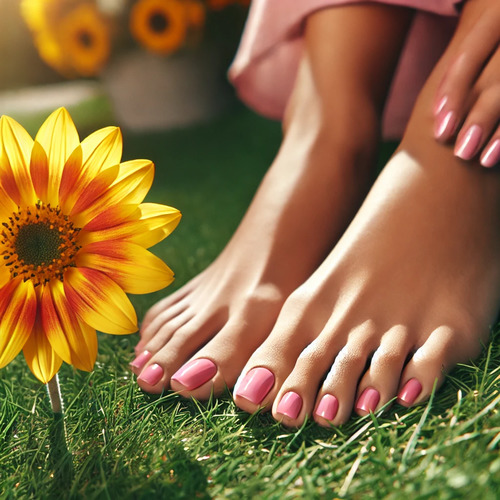
Disadvantages of pedicures
The quality of a pedicure often depends on the environment in which it is performed. Licensed salons usually provide a high level of hygiene and safety, which contributes to a pleasant and safe experience for clients. At the same time, however, pedicures in unfavourable sanitary conditions can have serious negative health consequences.
Infection
The main risk associated with a pedicure procedure is the possibility of infection due to poor sanitation. Studies confirm that pedicures can be a source of various infections - viral, fungal and bacterial. Problems arise from a lack of hygiene standards between clients, the repeated use of equipment designed for single use, and the risks associated with overly aggressive skin removal, which can favour the entry of microorganisms and the subsequent development of infection.
Fungus or warts
When choosing a pedicure place, it is important to make sure that only clean water and thoroughly disinfected tools are used. Failure to do so can put you at risk for warts or fungal infections. Although no scientific studies have yet been conducted to confirm the likelihood of such risks, it is best to go to a trusted and licensed salon where all health regulations are followed. This will help you avoid unpleasant consequences and guarantee the safety of the procedures.
Excessive exfoliation
Although exfoliating the skin of your feet can have many benefits, you should not overdo it to avoid potential problems. Exfoliating too much can make the skin overly sensitive and cause discomfort when walking. If you are wary of over exfoliating, try a gentler method at home. To gently exfoliate the skin on your feet, start with a cream containing active glycolic acid. Apply the cream to clean feet before bedtime, wearing socks to avoid getting the cream on your bed linen and to prevent possible splashing on the floor. This approach helps exfoliate the skin and improve its texture.
When to forgo a pedicure
Although a pedicure performed in a safe environment has many benefits, it is not suitable for everyone. For people with diabetes, it is often not recommended due to the circulatory disturbances common to the condition. Even if you are not diabetic but have circulation problems, it is best to refrain from getting a pedicure. Also, those who have active or healing wounds on their feet should not get pedicures to avoid the risk of aggravating the injury or infection. Finally, a pedicure may not be appropriate for those who have undergone an amputation in this area.
If you have any doubts about whether a pedicure is right for you, the best solution is to consult a podiatrist. They specialise in foot problems and can provide the most knowledgeable advice on what is important to consider when caring for your feet. It is also a good idea to consult a dermatologist, as they have valuable experience in skin care, which is also important to consider.
Conclusion
If you enjoy pedicures, then there is great news: not only is it an enjoyable treat, but it also takes care of the health of your feet. After the procedure, your nails will look neat and healthy, and the skin of your feet will be smooth and exfoliated. If you play sports, a pedicure can be a great way to relieve muscle tension with a deep massage.
However, it's important to keep in mind the possible risks. Performing the procedure incorrectly can lead to soreness if your feet are over exfoliated. In addition, improper sterilisation of tools at a salon or spa can be a source of infection.
To enjoy your pedicure safely and completely, make sure the place you choose is fully licensed in your area. By following these tips, you can ensure that your next pedicure will bring maximum pleasure and benefit to your feet.
Published: 19.06.2024 11:32
Times Read: 318
6623 bought
ID: 3678
280 ₽
3318 bought
ID: 3688
500 ₽
2025 bought
ID: 12595
143 ₽
-5%
2293 bought
ID: 1863
333 ₽
-5%
1473 bought
ID: 11773
190 ₽
-5%
71 bought
ID: 13093
51 ₽
-15%
The minimum set of makeup brushes
Flat synthetic brush oval Makeup artists call it "cat tongue", but would be better if we didn't know that..

